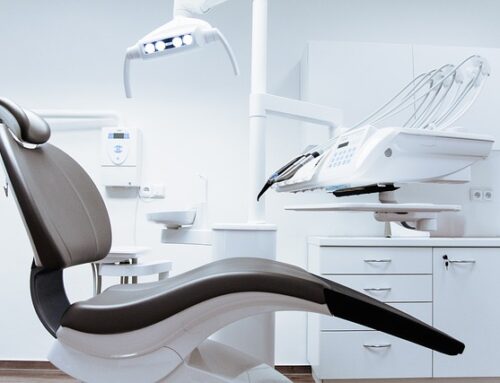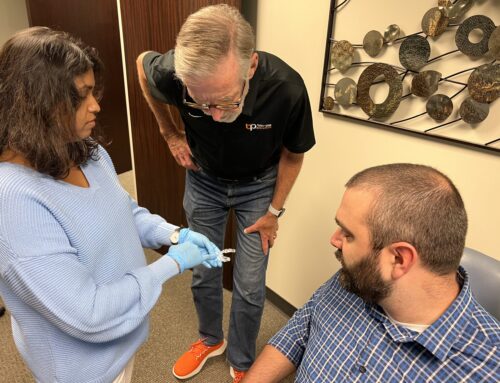 As a dentist you hold the key to a lot more than you may know. Previously we discussed sleep apnea and your office. In addition to treating sleep apnea, you can also provide appropriate treatment for patients suffering from orofacial pain. The specialty of orofacial pain focuses on the prevention, evaluation, diagnosis, treatment and rehabilitation of orofacial pain disorders.
As a dentist you hold the key to a lot more than you may know. Previously we discussed sleep apnea and your office. In addition to treating sleep apnea, you can also provide appropriate treatment for patients suffering from orofacial pain. The specialty of orofacial pain focuses on the prevention, evaluation, diagnosis, treatment and rehabilitation of orofacial pain disorders.
Such disorders may have pain and associated symptoms arising from a discrete cause, such as postoperative pain or pain associated with a malignancy. Syndromes in which pain constitutes the primary problem, such as TMJ disorder pain, neuropathic pains or headaches, may also cause Orofacial pain.
The diagnosis of painful syndromes requires you, the dentist, to properly interpret historical data, including:
- Review of laboratory studies
- Imaging
- Behavioral, social and occupational assessment
- Interview and examination by the orofacial pain specialist
Orofacial pain is constantly evolving, which is why it is important to receive further education and training so that you can provide your patients with improved services beyond the norm. Currently, the area of orofacial pain encompasses the following areas:
- Temporomandibular joint disorders (TMD)
- Sleep disorders related to orofacial pain
- Headaches and migraines
- Intraoral, intracranial, extracranial and systemic disorders that cause orofacial pain
Please visit my “Lectures” page at https://mpateldds.com/lectures/ to learn more about upcoming lectures on craniofacial pain, TMD or dental sleep medicine. I also offer consulting, to further improve your practice and your understanding of these different areas of dentistry. Improve your practice and expand your knowledge in dentistry by understanding orofacial pain.





